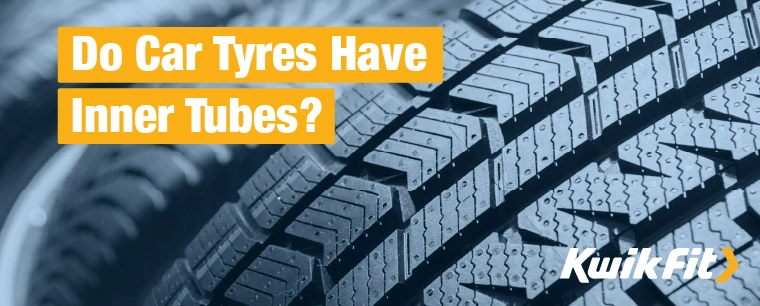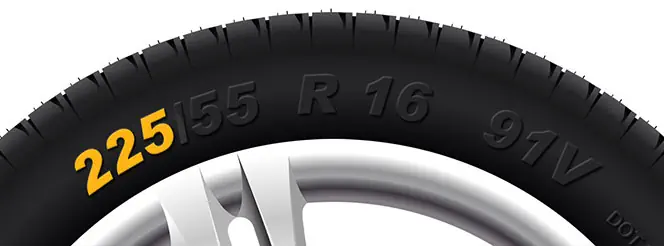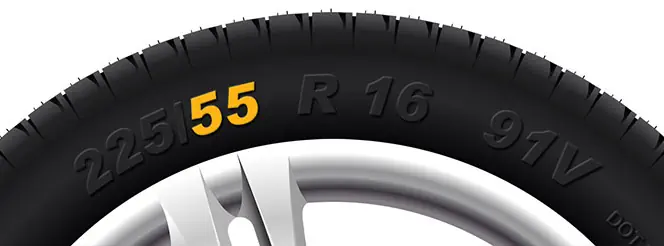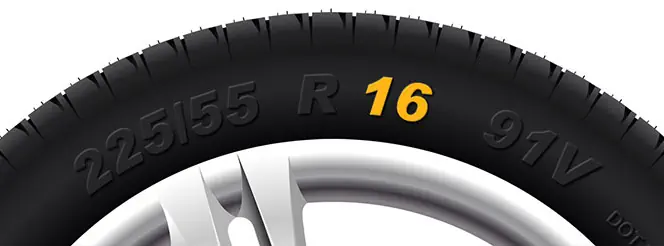Do Car Tyres Have Inner Tubes?
Jack Dreyer | Tuesday 12th September 2023 3:00pm

If youíre used to riding bikes, youíre probably familiar with the process of replacing or repairing tyres in the event of punctures. This might leave you wondering ó do normal car tyres have inner tubes?
The quick answer is no, car tyres donít have inner tubes and havenít had them since the advancement of synthetic rubber compounds in the 1920s allowed for sturdier tyre building.
But why are tyres made the way they are now and why donít they have inner tubes? Letís find out.
What is a car tyre inner tube?
Around a century ago, all car tyres had inner tubes ó a softer, inflatable rubber tube inside of a harder, more durable external rubber tube (the tyre itself!). Its original purpose was to maintain the tyreís inflated shape on the wheel and to provide a cushioning effect for a smoother ride.
Before that, wheels were coated with hard rubber and metal, which made for a terrible ride on cobbled streets. If you could get past the crushing juddering of just about any ride, then you could still be dangerously thrown off your carriage or early motor by any large rocks on the road.
The first useable tyre that went to market was invented by John Boyd Dunlop and was a rubber outer tyre with an inner tube. This innovation meant that you could ride incredibly comfortably on most terrain Ė especially compared to what people were used to at the time!
Why donít car tyres have inner tubes anymore?
With all of that being said, the inner-tube pneumatic tyres on Fordís Model T proved extremely prone to punctures ó and this wasnít a standalone issue. In fact, many early car drivers travelled with a full-time mechanic to repair punctures on the go.
Not only did they pick up punctures easily, they were also prone to blowouts because of the relative softness of the inner tube ó and, when punctures happened, the air almost immediately went out of them.
Eventually, innovation had to be made, and thatís where todayís tubeless tyres come in.
Modern Tubeless Tyres

Starting from the 1920s, technological advances meant that it was possible to create a much thicker, harder rubber compound that retains an amount of flexibility. This, combined with an inner clincher ring to hold the tyre in place, meant that the entire tyre itself could act as the inner tube.
While this may not seem like a significant difference at a glance, it completely revolutionised the use of tyres because, quite suddenly, you didnít have to worry so much about punctures.
Because of the thicker rubber, the majority of punctures on modern tubeless tyres are slow punctures Ė which makes it much easier to get safely to the side of a road or a repair garage before you start to damage your wheel rims.
Another great benefit is that theyíre much easier to repair than tubed tyres. With an inner tube you usually need to take off the whole tyre, find the puncture in the tube, seal the puncture, then put it all back on again! With a tubeless tyre, you can often find the puncture and use a puncture repair kit.
Need a tyre inspection?
If youíre concerned about the condition of your tyres, or you think you may have a slow puncture, book your car in for a free tyre inspection at your local Kwik Fit centre.
Any facts, figures and prices shown in our blog articles are correct at time of publication.
Featured Articles
Is it Illegal to Drive With One Headlight?
Saturday 19th July 2025
Wondering if itís illegal to drive with one headlight? Learn about the safety risks and penalties of illegal blown bulbs and why you should fix them promptly.
Air Con in EVs & Hybrids: Experts Answer Your Questions
Monday 30th June 2025
Does air con drain EV batteries? Can you use the air con while charging an electric car? Find out the answers to these questions & more from Kwik Fitís experts.
Why Is Your Car Making a Noise? Fixes & Tips
Friday 13th June 2025
When your car starts making unexpected noises, it can certainly be quite disconcerting; it may be nothing to worry about, but hereís what you need to know.









